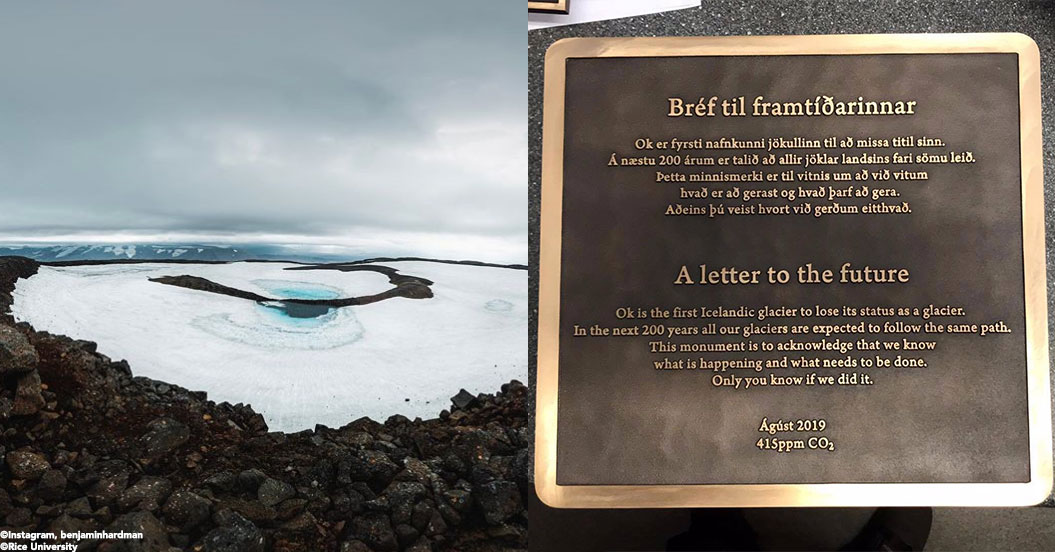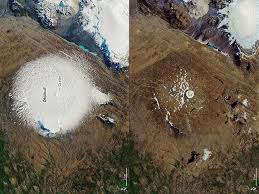 On August 18th, 2019, Iceland held a funeral to commemorate the loss of Okjokull, a glacier, that is no more after 700 years.
On August 18th, 2019, Iceland held a funeral to commemorate the loss of Okjokull, a glacier, that is no more after 700 years.
Okjokull, also known as OK glacier (OK glacier was on top of a mountain called OK, hence the name OK), was officially declared dead in 2014 when it was no longer thick enough to move.
The OK glacier was reduced to a small patch of ice atop a volcano. A bronze plaque has been installed at the site of OK glacier with a note stating that all of Iceland's main glaciers will follow OK glacier in the next 200 years.
What is a glacier? Why are they important? 
Glaciers are chunks of ice that are leftover from the ice age. Some glaciers are broken ice pieces off of Antarctica.
Glaciers work as mirrors by redirecting the sunlight from the surface of the earth back into the atmosphere and help in regulating the temperature of the earth.
Twenty thousand years ago, ice sheets covered most of Canada, all of New England and large parts of the Soviet Union (Russia). Then, about ten thousand years ago, the ice began to melt. Today glaciers are only found in cold polar regions or high mountains.
Glaciers are important because if they start melting, it will increase sea levels, flood coastal areas, and result in loss of lives and damage the coastal ecosystem. Sea levels have risen more than 5 inches in the last century, more than any time in the previous 2800 years.
The melting ice will negatively affect the ecosystems in our world's oceans and marshes. The temperature of ocean water will fluctuate, and some water species will not survive in these waters.
What can we do now?
We can each do our part to save our planet. Starting in our houses, we can use energy-efficient lights and appliances, and turn off electronics and ‘vampire’ appliances when not in use. We can decrease the use of fossil fuels like gasoline (petrol), and walk and bike when practical. These little things will have a big impact when a lot of individuals do it and help slow global warming and save glaciers for the future.
Sources: CNN, BBC, Wikipedia, Icebergs & Glaciers by Seymour Simon






